PLG vs AI: What’s next for Product-Led Growth?
Predictions from top growth leaders on how AI is reshaping growth work.
Hello everyone 👋 I’m Kate Syuma, and welcome to Growthmates.news — the newsletter where we explore growth stories to inspire your professional and personal growth. Join the community of 7,000+ Product, Design, and Growth people from companies like Amplitude, Intercom, Miro, Atlassian, Grammarly, Framer, and more.
I was chatting with friends in the PLG community, and one question kept coming up: “Will PLG survive, or is AI about to transform it into something completely new?”
That got me thinking — it’s not just about whether PLG lives or dies. It’s about how it evolves, what new capabilities AI brings, and how product teams can stay ahead instead of playing catch-up.
In this newsletter, I want to explore that question from all angles: real insights from PLG leaders, examples of AI tools already reshaping onboarding and user growth, and even a few predictions from ChatGPT itself.
By the end, you’ll have a clearer picture of the AI-powered PLG landscape — and maybe a few ideas for how to prepare your product today.
Before we dive in… Meet Growthmates Partners 🚀
I curate the Growthmates Bundle to share not just ideas — but the tools I trust and use in my own work. Each one is a handpicked #1 tool for a key product area, and I’m proud to have them supporting this newsletter 🖤
Best way to support Growthmates? Explore these fantastic tools below 👇
Framer — the fastest way to design and publish stunning websites (Growthmates.club is built on it).
Mobbin — the largest UX & UI reference library for deep product inspiration.
Beacon AI — the smartest AI agent for product and design teams to identify and fix UX issues that block activation, retention, and conversion.
What top PLG voices say about its future
So, a few weeks ago, I asked a friend in the PLG community:
💬 “Do you think PLG as we know it will survive in the next 3–5 years — or will AI transform it into something entirely new?”
I was genuinely surprised to see how positive we are about the future.
Here’s what I heard back from leaders across the industry 👇
Kyle Poyar — Founder & Creator, Kyle Poyar’s Growth Unhinged:
“In the future, product-led growth won’t be about making products that are easy to use. It’ll be about products that use themselves: completing tasks, sharing insights, and recommending next steps. And users will expect these agentic experiences to continue across every interaction, whether they’re on the website, ready to buy, or need help. Think of the Lovable experience where the agent does the work (building an app) and recommends what to do next.”
Ramli John — Founder at Delight Path:
“PLG isn't dying, it's evolving into something far more powerful. AI will amplify the core principle of user success driving company success through mass personalization. Today's constraint is human bandwidth: every success path requires manual design. The opportunity is that AI that auto constructs personalized experiences using modular components. Imagine 1,000 users seeing 1,000 different onboarding flows, each optimized for their specific success outcome.”
Andrew Capland — Coach for Heads of Growth, author ofDelivering Value with Andrew Capland:
“I'm very excited about the future of PLG. One of the reasons why sales-led has converted well in the past is because of hyper-personalization (i.e. good sales reps customized their sales process based on specific things they learned about prospects). The challenge with product-led is that (at best) you can only have a few segments that see different stuff inside of your product. But AI completely changes that. I've never been more bullish.”
Ollie Forsyth — Founder of NEW ECONOMIES:
“In the coming years, PLG will look radically different. Existing AI tools, and new ones, will reshape how teams and products perform, from customer acquisition to onboarding to retention to expansion. Companies that fail to adopt AI in their PLG strategies risk falling behind.”
My take? PLG will be in a better shape 💪
“What resonates with me the most is the idea of hyper-personalisation with the power of AI. We have already seen how AI onboarding agent can double activation, and I’m sure we’ll see more of agentic AI experiences for all parts of the funnel”.
3 products that can enhance your PLG with AI
Instead of waiting for a moment when your PLG process becomes outdated, you can start enhancing it today by embedding some tools into your Growth team's stack.
1. Beacon AI — AI agent to identify and fix UX issues.
If I could imagine how the work I was doing 5-10 years ago could be entirely replaced, this is happening right now. From the creators of Apple Siri, I’ve recently discovered Beacon AI — an AI agent that helps product and design teams improve UX and drive retention using their own product data.
It can learn from your analytics, user research, design system, and product strategy. It uses this context to suggest UX improvements that make your product easier to use and more effective at driving user activation, retention, and conversion. You can apply those changes directly in tools like Figma or Cursor with a click.
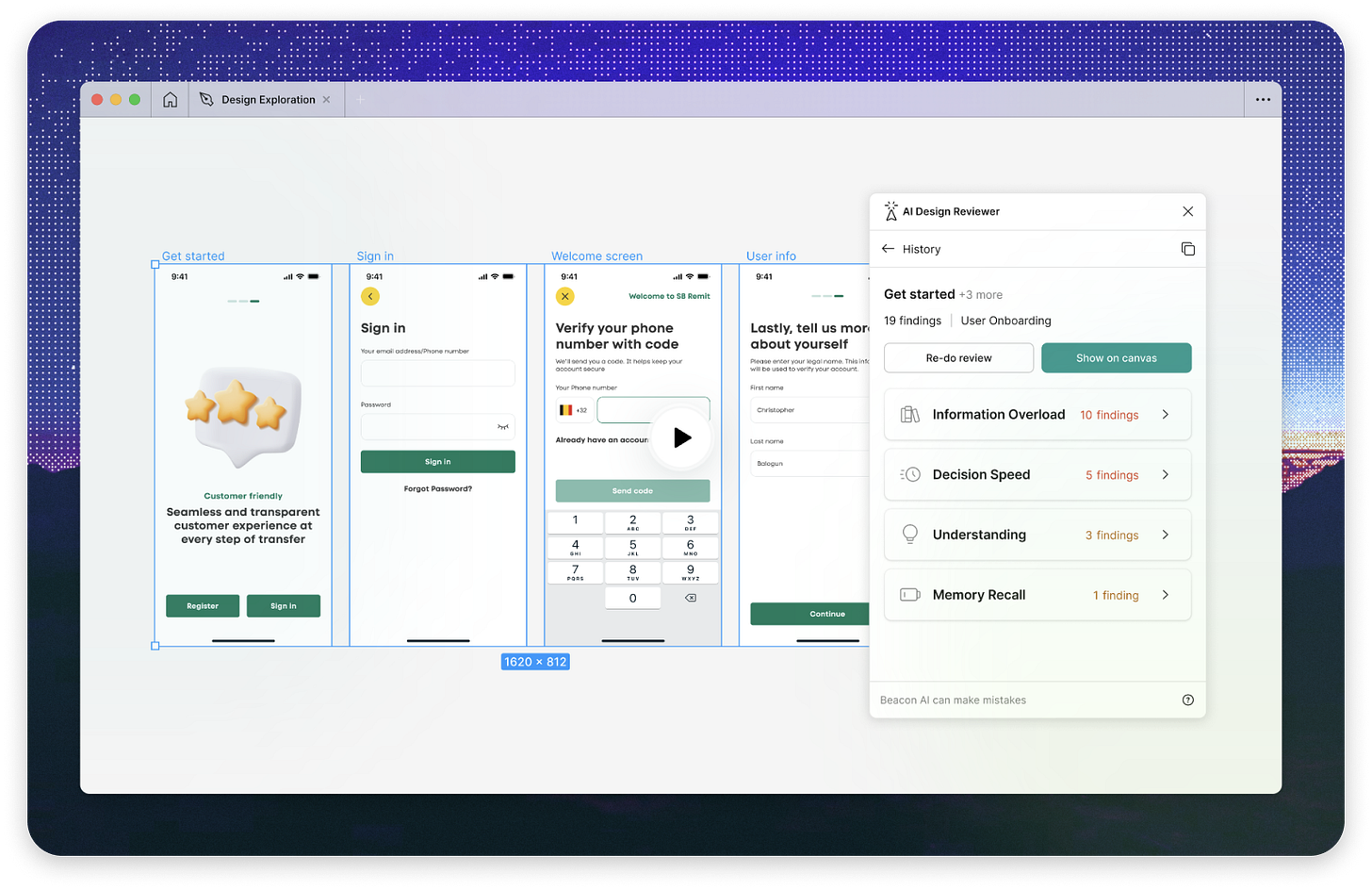
I tried this myself, and it really felt like “Grammarly” for product interfaces.
Take a look at this Canva UX breakdown as an example:
Here’s what Beacon AI identified to fix it:
Replace static lists with guided micro-interactions (Background Remover → Magic Resize → unlock Pro).
Turn passive previews into before/after sliders so users feel the upgrade.
Swap the locked paywall for a “Brand Kit Simulator” that applies a user’s actual brand elements in real time.
Show a side-by-side “free vs pro” comparison to make the value obvious.
I asked their Co-founder, Mohammed Abdoolcarim, about PLG's future — here’s what he shared:
I think PLG will evolve. Today it means businesses figure out their ideal customer profile on their own, then guide users through a fixed onboarding flow. In the next 3–5 years, AI will transform this — helping businesses find the right users and niches, while products proactively guide them by spotting drop-offs, personalizing onboarding, and adapting in real time so users reach the “aha” moment much faster.
If you’re curious, we also recorded the Growthmates podcast with Mohammend a while ago at the beginning of “Design Pro” (previous brand of Beacon AI), but it still feels so relevant. 👇
🎁 Bonus: If you want to try the Beacon Figma plugin with double the credits (30 credits/week) or get 15% off their Premium UX audits, just drop a note to mscarim@onbeacon.ai or email Mohammed at mscarim@designpro.ai and they’ll hook you up.
2. ChatPRD — the #1 AI tool for product managers and their teams.
If Beacon AI helps you improve the product experience itself, ChatPRD helps you align the team that builds it.
We all know the pain: PRDs are crucial for clarity and alignment, but they often take hours to draft — and still end up half-baked or outdated. ChatPRD turns this into a 30-minute task.
Here’s how it works in a growth context:
Generate clear, structured PRDs from rough notes, Slack threads, or research summaries.
Automatically highlight risks, dependencies, and key growth metrics to track.
Suggest user stories and acceptance criteria that tie directly to activation, retention, or expansion goals.
Think of it as having a “co-pilot PM” who handles the heavy lifting — so you can focus on strategy, prioritization, and stakeholder alignment.
Aakash Gupta — Author of Product Growth:
Shared in “Your Ultimate Guide for Better PRDs”: “PRDs are essential for clarity and alignment, but the problem is… who has the time? Most drafts languish unfinished until you stay late or come in early. ChatPRD changes that — it takes you from 2 hours to 30 minutes. The result is usable, shareable PRDs that actually reduce burnout and let PMs focus on substance, not formatting.”
I loved how one PM described it: “It feels like going from staring at a blank doc for hours → to starting with a 70% finished draft you can polish”.
That’s the difference between late nights in Google Docs vs. moving faster with your growth experiments.
3. Mobbin — the largest UX & UI reference library for deep product inspiration.
Mobbin has always been my go-to when I need inspiration for user flows, onboarding, or upgrade triggers.
With over 1000+ products and patterns from the best SaaS and consumer apps, it’s basically the “Pinterest for product design” — but structured and searchable. The next step is to make these recommendations driven by AI, and I hope their team will deliver this to us soon.
Why it matters for PLG:
You can quickly find real-world examples of onboarding flows, pricing pages, or retention nudges from top PLG companies.
It saves hours of manual competitor research — instead of opening 50 apps, you get curated insights in seconds.
It helps your team build faster by remixing proven UX patterns rather than reinventing the wheel.
And here’s my favorite part: it’s not just passive inspiration. When you pair Mobbin with AI, you can actually generate variations of proven flows adapted to your product. Imagine:
Searching “activation triggers in productivity apps” → finding 20 real-world patterns.
Feeding them into your AI design agent (like Beacon AI or Figma plugins) → and instantly prototyping a tailored flow for your product.
Personally, I’ve used Mobbin to build my Upgrade & Trial Activation Collection 🚀 — 30+ proven tactics that already inspire growth roadmaps. I can only imagine how powerful this will get once AI capabilities are fully embedded.
Takes from other PLG industry leaders 🔥
I didn’t want this exploration to be just my perspective, so I explored what other growth leaders in the PLG space think of that.
What struck me is how aligned the community is: while PLG as we know it will transform, the consensus is that AI won’t kill it — it will supercharge it. Here are some of my favorite insights 👇
Elena Verna — Growth at Lovable and Author of Elena's Growth Scoop:
“Growth 101 should be automated. We spend way too much time on the foundations: figuring out Google Tag Manager, setting up analytics to measure events properly, optimizing landing pages for better conversion, or measuring activation correctly. Now imagine all of that comes baked directly into the AI-powered product experience for builders. The next generation of apps, built in AI-native environments, would have an unfair advantage without lifting a finger. No weeks of setup, or growth teams blocked by infrastructure debt. Just building from day one, without friction.”
Emilia Korczynska — VP of Marketing at Userpilot:
“AI can massively speed up the process of analysing usage data, not just for segments but down to each user. That unlocks endless possibilities for product personalisation. AI can create a bespoke ‘Value Action Plan’ for each user, mapping out their ideal user journey, predicting where they can stumble, and planning in-app actions that need to happen for the user to get value from your product. Think of it as your product now having the superpowers to improve itself — for each individual user — and driving truly product-led growth as it was meant to be. Without you lifting a finger.”
Maja Voje Author of GTM Strategist:
“By 2025, the adoption of AI will be not just a trend but a necessity for every company. It's high time to start planning your AI strategy.”
What I love about these perspectives is how consistent the pattern is: AI doesn’t replace the fundamentals of PLG — it enhances them.
Personalization, automation, faster activation, and smarter growth loops are all pointing in the same direction: a world where products don’t just support users, but actively guide them to success.
For product teams, the message is clear: the earlier you start experimenting with AI in your PLG stack, the faster you’ll unlock compounding growth advantages.
So, what’s the future of PLG in 3-5 years?
What AI thinks about PLG’s future 👇
I was also thinking that, since we are talking about artificial intelligence and its future role, why don't we give him a chance to present his hypothesis on the main question?
So, I asked ChatGPT a question, and here is what he said in his response:
ChatGPT: Honestly, PLG will survive — but it’s about to get weird. For years, PLG meant ‘remove friction, let users explore, and they’ll convert themselves.’ In the next 3–5 years, AI won’t just remove friction, it’ll anticipate it. Products won’t just be easy to use — they’ll feel like they’re using you back: nudging, coaching, and sometimes finishing the job before you even realize you were stuck.
Think of it as the difference between IKEA furniture today (you build it with the manual) and future IKEA furniture (it quietly assembles itself in your living room while you’re making coffee).
So no, PLG isn’t dying — but the definition will expand. Tomorrow’s PLG will be less about the product leading growth, and more about the product co-piloting growth, where AI handles the heavy lifting, and humans… well, humans just get to enjoy the finished setup.
So here we have it — even ChatGPT thinks PLG isn’t going anywhere, it’s just… mutating. I love the IKEA metaphor: today we wrestle with Allen keys, tomorrow the furniture assembles itself while we sip cappuccinos.
Will PLG really become this self-driving experience, where products guide us as much as we guide them? Maybe. Or maybe in 3–5 years, we’ll laugh at these predictions while still clicking through 8-step onboarding flows.
Either way, I’m here for this future where PLG and AI turn into a co-pilot model. If the product can nudge me before I hit a dead end — or better yet, finish the task for me — then sure, I’ll happily let the robots lead the growth. Let’s see if they can assemble that IKEA wardrobe, though.
⭐️ Quick Recap — 10 predictions about PLG future with AI impact
Well, that’s a wrap for today 💜 Before we close, here are the key insights you can take back to your team tomorrow:
PLG isn’t dying — it’s evolving into a hyper-personalized, AI-powered model;
AI = product self-improvement — analyzing, adapting, and guiding users at scale;
Growth basics will be automated, freeing teams to focus on creative loops;
Personalization goes from segments → to individuals, with AI shaping unique journeys;
AI is not optional — by 2025, it will be a necessity for every product-led company.
Products will become “agentic” — completing tasks, suggesting next steps, and proactively solving user problems.
Sales-led hyper-personalization will finally become achievable in PLG — but powered by AI, not people.
AI onboarding agents will dramatically accelerate time-to-value by adapting in real time.
PLG metrics (activation, retention, expansion) will be boosted by AI spotting drop-offs and nudging users before churn.
The role of product teams will shift — less manual orchestration, more focus on strategy, creativity, and loop design.
Before you go…
If you enjoyed this exploration, the next cohort of my hands-on program User-Centric Product-Led Growth, or explore ways of partnering with me at Growthmates — explore PLG advising, onboarding sprints, and brand partnerships 🚀
This is all for today, dear readers. If you found this helpful — please share your reaction and leave some comments 💜 It would give a huge support for me to continue creating this!
If you find this newsletter valuable, share it with a friend, and consider subscribing if you haven’t already. There are some discounts available, and maybe you can expense this :)
Connect with me on LinkedIn and learn more about my work on Growthmates.club.
With best regards,
Kate Syuma





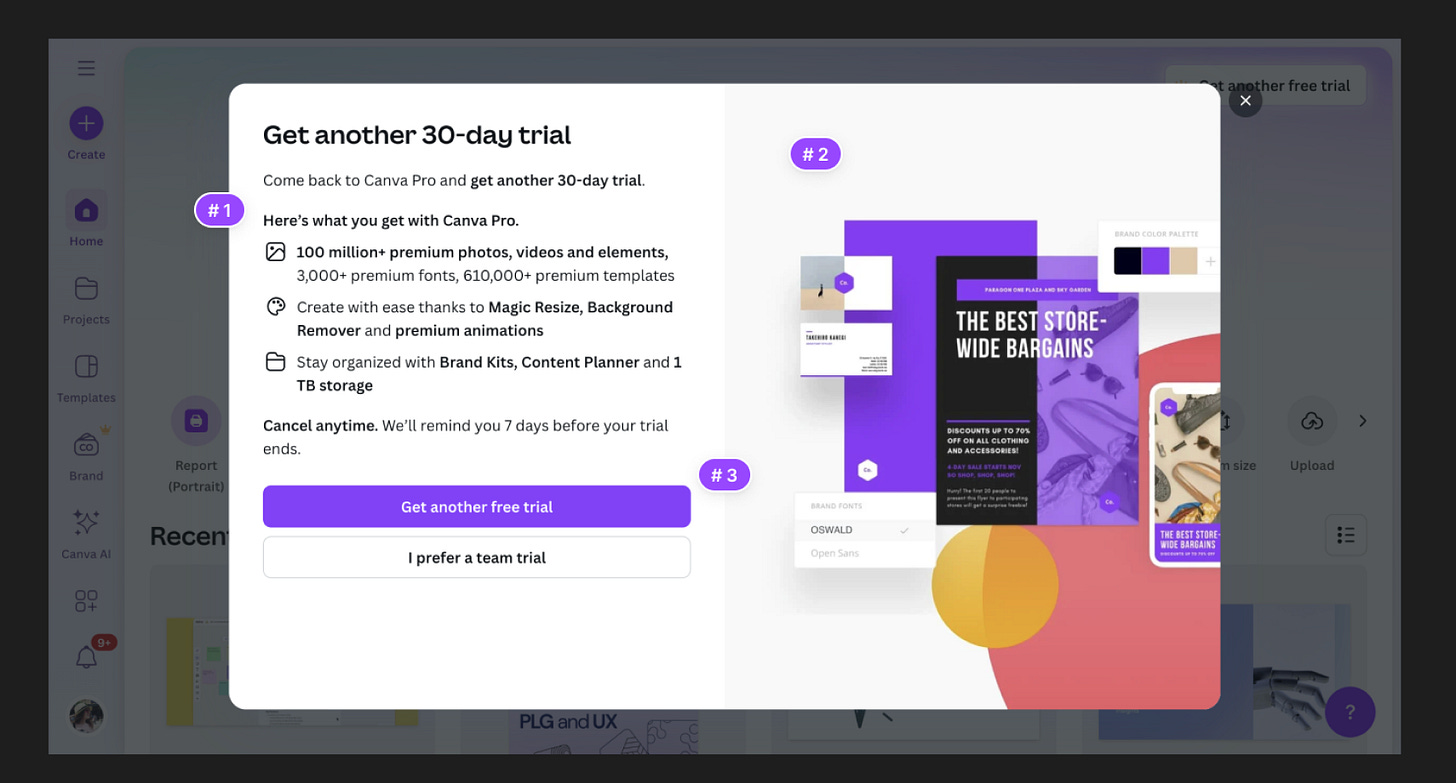


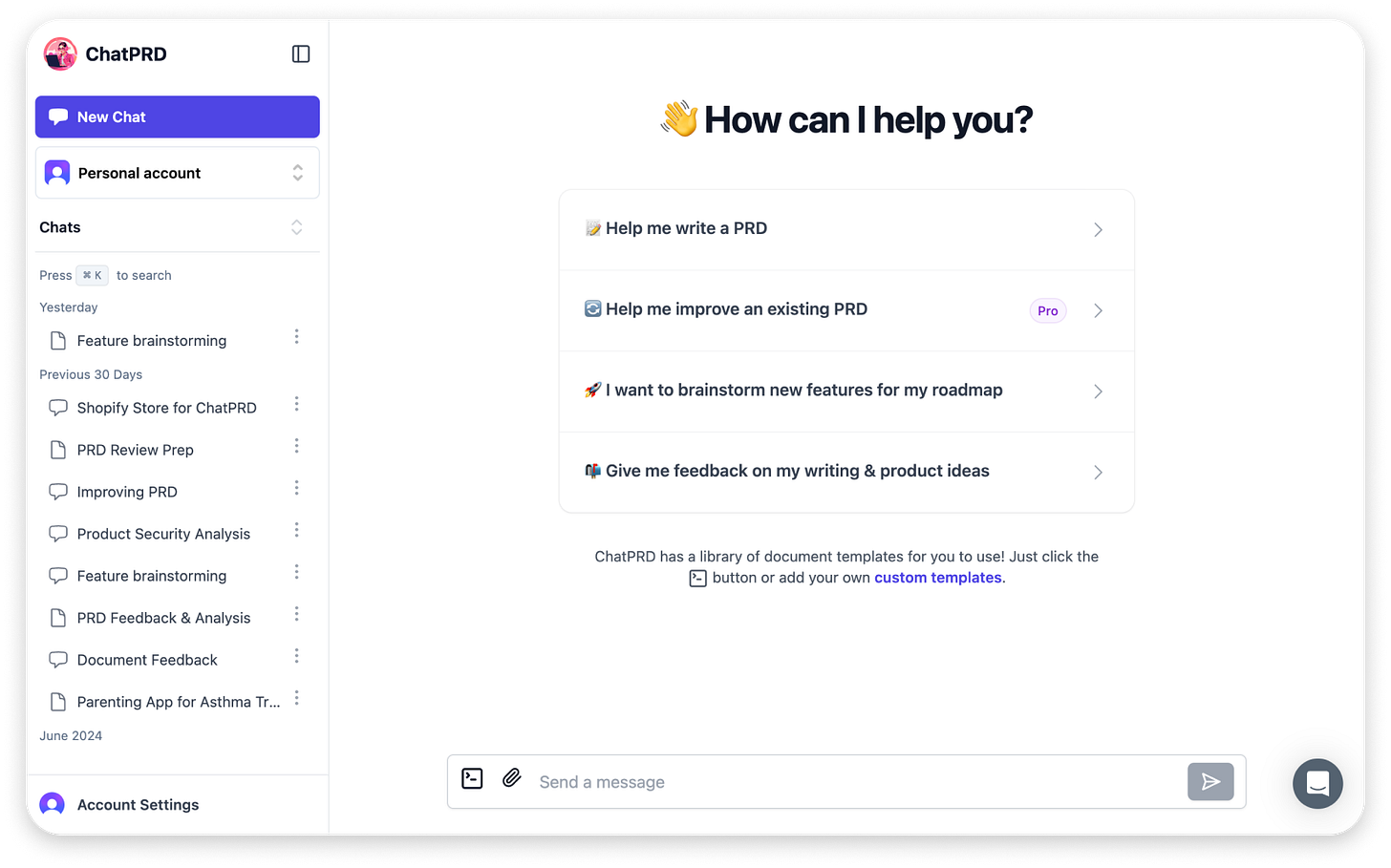
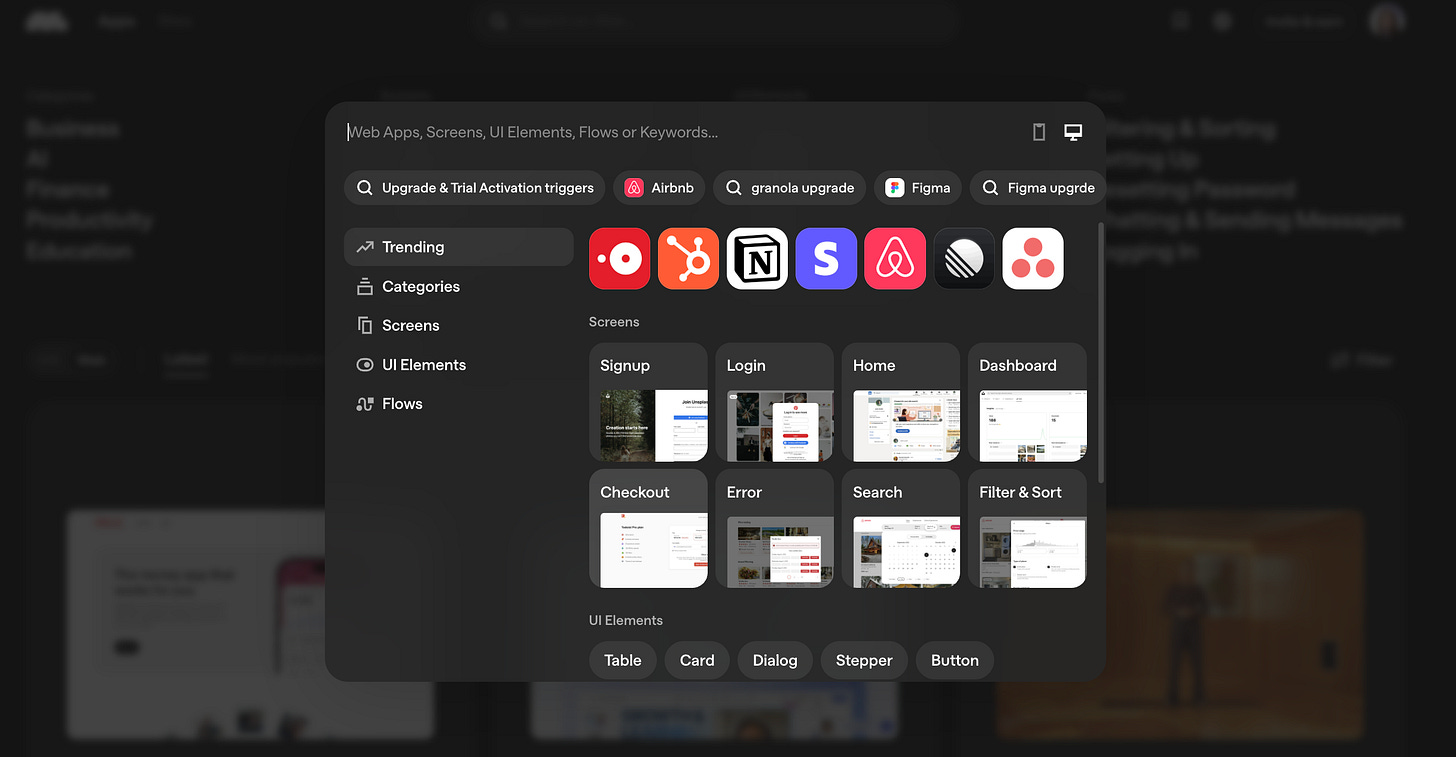
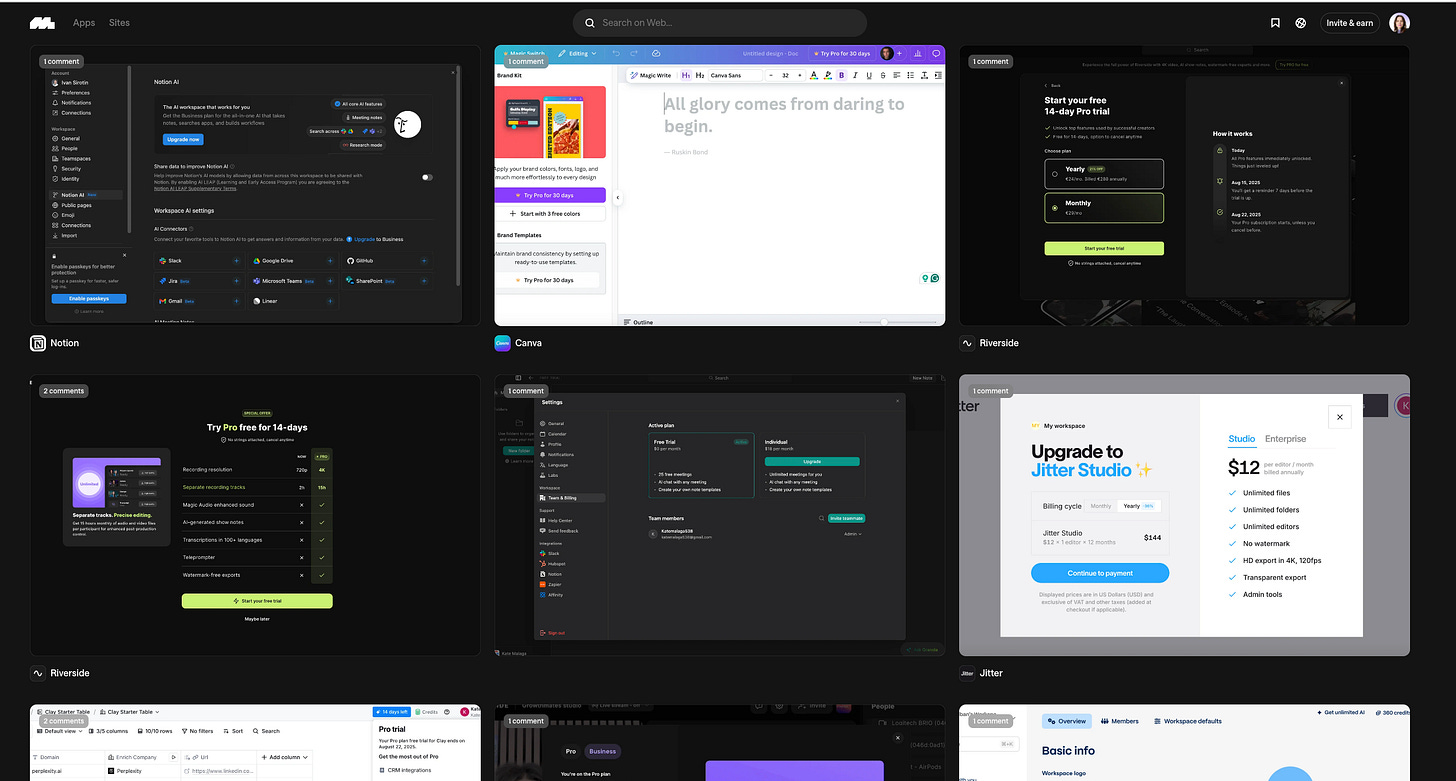
Great piece, thank you so much for including me!
How do you see AI transforming onboarding experiences? Are there tools available that currently help product teams do this effectively?